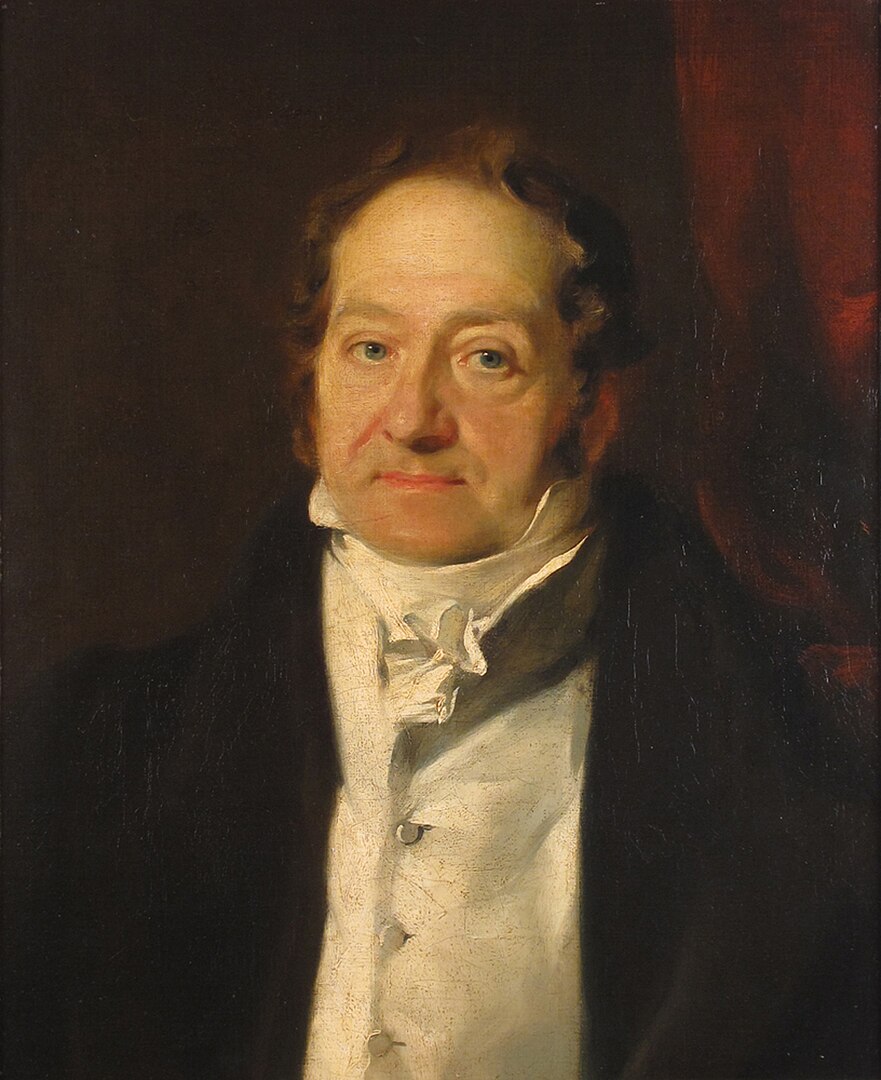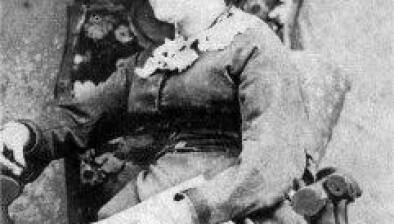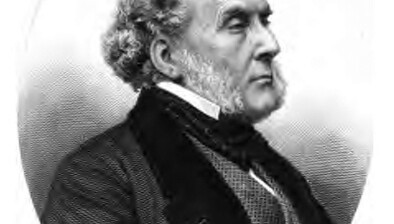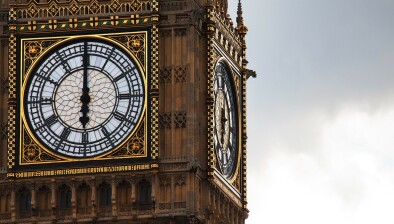Our Legal Heritage: Twelve long paces

Portrait of James Stuart (1775–1849)
Ronnie Clancy KC writes about a sensational murder trial stemming from a toxic political rivalry and scurrilous journalism that took place in the High Court in Edinburgh 200 years ago, the full version of which appears on his blog Read me my Rights.
The accused was the survivor of a duel between two landowning gentlemen. They were James Stuart of Dunearn WS and Sir Alexander Boswell, the son of Samuel Johnson’s biographer. Writing some years later, Henry Cockburn said that, in his 50 years as counsel and judge, no “Scotch trial” excited so much interest. According to The Scotsman report of the trial, public interest was at fever pitch and the “avenues to the Court” were crowded for several hours before the trial started and throughout its duration.
The Duel
I have based my account of this on evidence given at the trial, on details provided in Henry Cockburn’s Memorials and on an excellent book called Duel Personalities by John Chalmers.
The duel had its origins in fierce political rivalry between the Tories, who ruled the roost in Scotland then, and the Whigs. Boswell was a Tory and Stuart was a Whig. By 1822 the Tory ascendancy was increasingly under challenge from a confident and articulate Whig opposition. Their agenda for political reform was enthusiastically promoted in the Edinburgh Review founded in 1802 by a prominent advocate Francis Jeffrey and in The Scotsman founded in 1817.
The Tory response to the blossoming Whig press included low-brow journalism and the trolling of opponents. In 1820 a new Tory newspaper called The Beacon was published in Edinburgh. It was secretly financed by a group of 15 prominent Tories including Sir Walter Scott, the Lord Advocate (Sir William Rae), and the Lord Provost of Edinburgh.
From the outset The Beacon took a scandalous line launching vicious personal attacks on prominent Whigs. The articles and letters it published were anonymous. This infuriated the Whig lawyers and politicians who were on the receiving end. James Stuart was a frequent target. He was mocked about his appearance and his position in society.
Boswell was an acknowledged wit and poet. He was a close friend of Sir Walter Scott. Boswell was the author of some of the articles which defamed Stuart including a piece called the Whig Song in which he described Stuart as a fat coward. Stuart discovered the identity of his tormentor by roundabout means. The code of honour which governed the conduct of gentlemen in that age left him with no option but to demand satisfaction by way of an apology failing which a duel. Boswell refused to apologise and the die was cast.
The duel with pistols was hastily arranged by seconds acting for the two protagonists. The Sheriff in Edinburgh got wind of the fact that the duel was being planned. He summoned the two gentlemen and bound them over to keep the peace. Nonetheless, the duel went ahead outwith the Sheriff’s jurisdiction on a farm in Fife. The two men travelled there accompanied by their seconds and two surgeons in the gloom of an early morning in March. Strong drink was taken on the way. At the appointed spot the two men stood twelve paces apart. On a command from one of their seconds they fired together. The survivor later said “he was never more dumbstruck than when on the smoke clearing he saw his adversary sinking gently down”.
The Trial
My account of this is taken from the court process, the Crown Office papers and from a transcript of the trial published after the event.
The death of their Tory friend caused a furious response from Boswell’s political allies. Stuart fled to France but returned voluntarily three months later to stand trial. It was settled law that killing someone in a duel was murder. The policy reasons for this were set out in Alison’s Criminal Law where he described duelling as follows:
“This inhuman and savage custom, which permits individuals to take upon themselves, by the most violent means, the redressing of their own wrongs, which entrusts the punishment of injuries to the chance of combat, or the coolness of premeditation, and exposes the person who has suffered an injury to the additional and greater evil of becoming a murderer, or of being murdered.”
However, the law was out of step with the prevalent code of honour to which most gentlemen of the age adhered. The central issues in the case were whether the court would permit the accused to advance a defence that he acted honourably despite the strictures of the law, and if so, whether the jury would buy this. An important side show was whether the political animosity which prompted the duel would feature in the trial.
The trial was held in the High Court of Justiciary in Edinburgh. Lord Justice Clerk Boyle chaired the bench of five judges. The prosecution and defence teams were divided along party lines. The jurors, all gentlemen selected by the Lord Justice Clerk, were all Tories. The court sat continuously until a verdict was reached in the early hours of the next day.
The procedure was very similar to modern practice except that the defence were permitted an opening speech. The Crown’s position was entirely in line with the law, the accused having accepted that he fired the fatal shot was guilty of murder. The real points of interest in the trial came from the defence strategy of appealing to the jurors’ sense of what was honourable and in the way in which the LJC charged the jury on this. The conduct of the parties in the events leading up to the duel and in its aftermath were closely scrutinised.
Stuart’s senior counsel Francis Jeffrey spoke to the jury for three hours in the early hours of the morning. A high-risk strategy, but it paid off. The jury returned a unanimous not guilty verdict without retiring to deliberate. The code of honour prevailed over the political rivalry which caused the duel. It trumped the law.
Parts one and two are available in full on Read me my Rights










